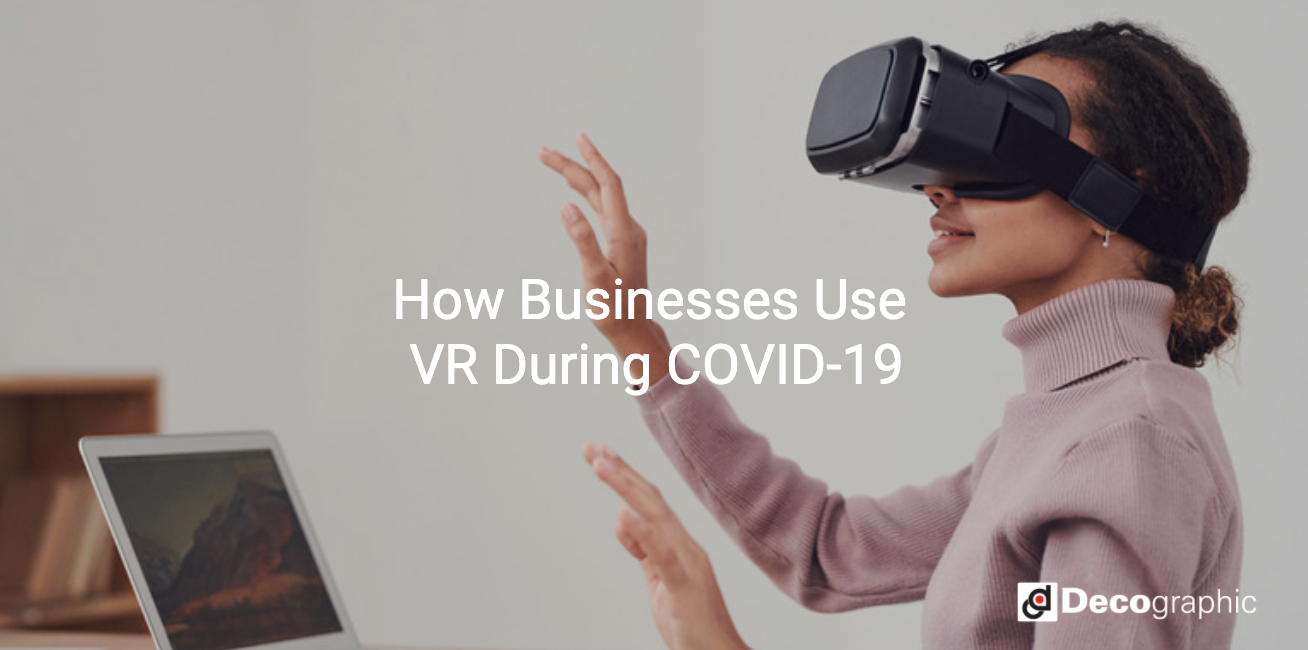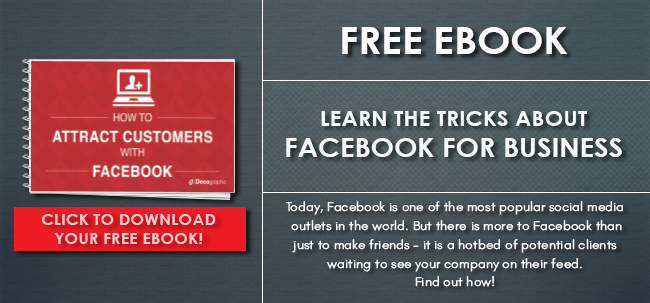How Businesses Use VR During COVID-19

This pandemic has changed the lives of everyone, including commerce. The result of lockdowns all over the world will continue to be seen in the rest of the year.
A lot of businesses are starting to wonder if they can survive this pandemic. Over 54% of small businesses in the US have either temporarily closed or report that they will be closing their stores in the coming weeks. In China, it has reported that 460,000 businesses have already closed permanently during the first quarter of the year.
One way to make it through this tough time is to be digital more than ever before. It's no secret that VR and AR can really change the way we do business. All sorts of businesses are adopting videoconferencing tools and project management platforms for employees to continue working remotely. Even grocery stores are having an increase in their mobile orders. Colleges and universities are also offering most of their classes online now.
With the continuous rise of technology, augmented reality and virtual reality are also rising. Learn how businesses are using this technology to their advantage.
LEARN MORE: 5 Tips to Work Remotely During COVID-19
VR for Real Estate
COVID-19 has also damaged the housing markets and the real estate industry. But with VR, real estate agents and landlords can make site checking possible, even during the pandemic.
Beike, a Chinese startup, implemented VR into their business to let potential buyers and renters take virtual 3D tours of homes and apartments on the market. Currently, they have almost 4 million houses available on its VR platform and 660 million people are already using it. The platform enables homebuyers to sign contracts and complete transactions online without breaking quarantine.
VR for Tradeshows and Events
Because people are encouraged to stay at home, the tradeshow industry has suffered a lot. As exhibitions and conferences are being canceled worldwide, the damage is spilling over to other industries like hotels, restaurants, and airlines.
For the tradeshow industry, businesses can incorporate AR and VR. It may not exactly be business as usual, but VR-based tradeshows could become better than what they are in person. By using VR platforms, they can host large conferences virtually. Also, avatars can appear over 360-degree live video feeds. All the necessary information is being presented just like attending a traditional tradeshow. An additional advantage is that participants from other countries can also join, which makes the market wider. The VR format could also encourage a larger number of experts to speak at conferences because it eliminates a lot of costs like travel, meals, and accommodation.
AR for Retail
The retail industry needs to keep up with the current situation if they want to stay in business. IKEA, for instance, developed an AR app that lets consumers use their smartphones to see what piece of furniture will look like in their home. They even have a “visual search” capability where a user simply points his phone’s camera at any piece of non-IKEA furniture and the app searches its database to show results.
For clothing, some retailers use AR to let consumers see what they would look like wearing an item, like a particular clothing or accessory without trying them in person. Many shoppers can now accurately preview themselves in a certain shade of lipstick or hair color before ordering them online.



.png?width=352&name=Copy%20of%20SCS%20-%20Blog%20Template%20(13).png)

.png?width=352&name=SCS%20-%20Blog%20Template%20(100).png)